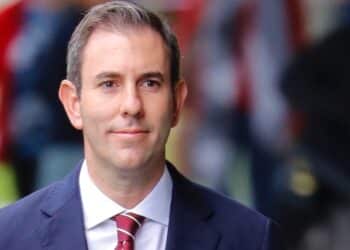The SPDR ETFs/Investment Trends Managed Account Report, released on Wednesday, revealed around 12 per cent of total new client money across the advice industry was flowing into managed accounts, while 40 per cent of planners were using the products and 25 per cent were considering using them.
The report surveyed over 950 planners between December 2019 and February 2020.
Investment Trends chief executive Michael Blomfield told ifa while take-up of managed accounts had grown significantly – with just 20 per cent of planners using them five years ago – logistical and educational barriers had been challenges for the industry to contend with.
“Two things have been limiting growth – one is getting the products onto the APLs of the majority of planners, and the other is educating planners on how they work with them,” Mr Blomfield said.
“There are still some education barriers and I think as they get resolved, what we see is that planners get over that hump tend to become strong embracers of the product and start telling other planners about their experience.”
Among those planners who were considering using managed accounts, 58 per cent said they wanted more educational resources around their advantages and disadvantages, while 53 per cent said they needed more information around the costs.
However, among those who already used managed accounts, almost 50 per cent said they recommended them to clients because they allowed transparency in the underlying portfolio, while 45 per cent said the fee levels were another key benefit.
“For planners who are not managed account users, the things they want answered are the things they value the most once they become managed account users, like costs, client benefits and tax advantages,” Mr Blomfield said.
“So it’s about getting them to understand that those things they want to know are the things that are solved by using a managed account.”
Another growing trend identified in the report was the increasing use of managed accounts for younger and lower balance clients, with over 30 per cent of planners who used managed accounts saying they thought the products were more appropriate for clients with a balance of under $100,000 than a portfolio of managed funds or direct shares.
State Street Global Advisors head of SPDR ETF Asia-Pacific distribution, Meaghan Victor, said as the number of managed account offerings had grown and costs had become more competitive, the products had become more suitable for a greater range of clients.
“Millennials are looking for transparency, they want things in real time and they are focused on cost,” Ms Victor said.
“At the same time you are seeing portfolios being constructed at a lower cost and the implementation vehicles for those portfolios, the platforms, are also reducing their costs, so the total cost to that cost-sensitive client is actually much more appealing.”




[quote= Anonymous ]It is hard to justify the costs involved when there are cheaper options.[/quote][quote= Anonymous ]It is hard to justify the costs involved when there are cheaper options.[/quote]
Exactly- the reality should be the opposite of the headline. As educating oneself about Managed Accounts, and the alternatives, shows that the costs of managed accounts are too high, their use should reduce.
It is hard to justify the costs involved when there are cheaper options.
It would be interesting to know the split between dealer group inhouse managed accounts, and those provided by independent third parties. While there is big growth in managed accounts, much of it is being driven by dealer groups looking to generate inhouse product revenue, rather than by adviser efficiency and client service benefits alone.